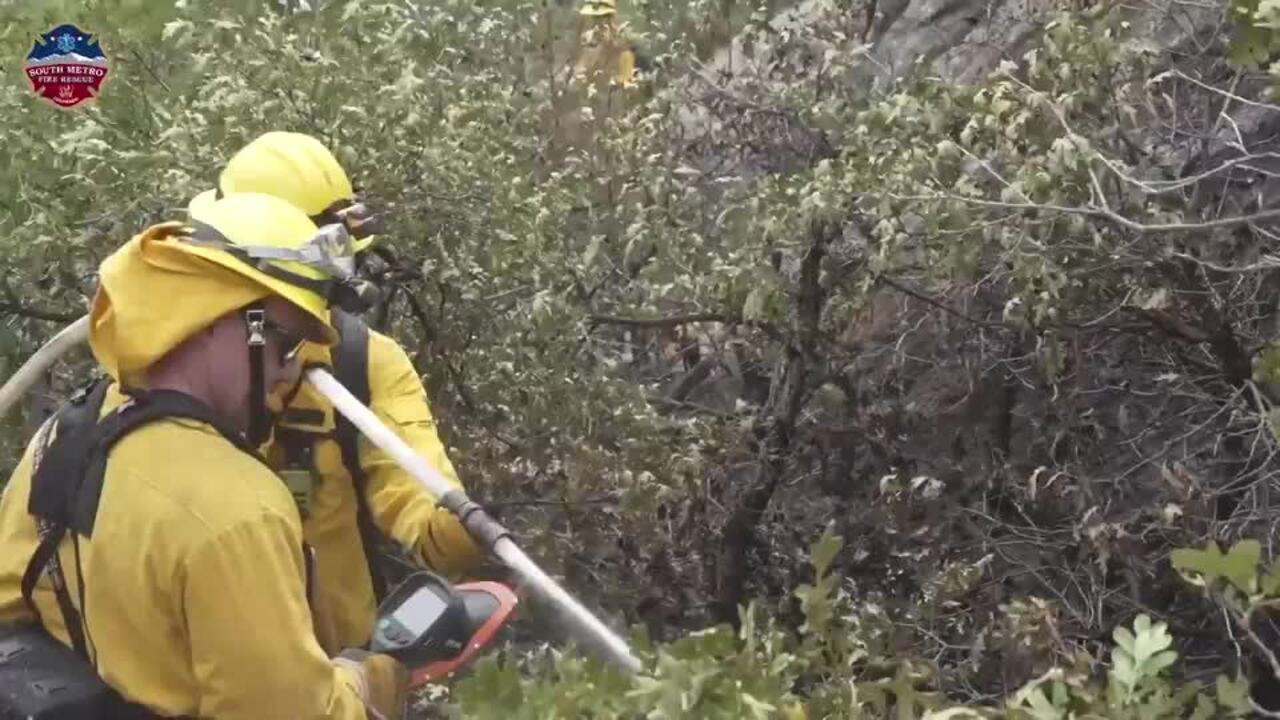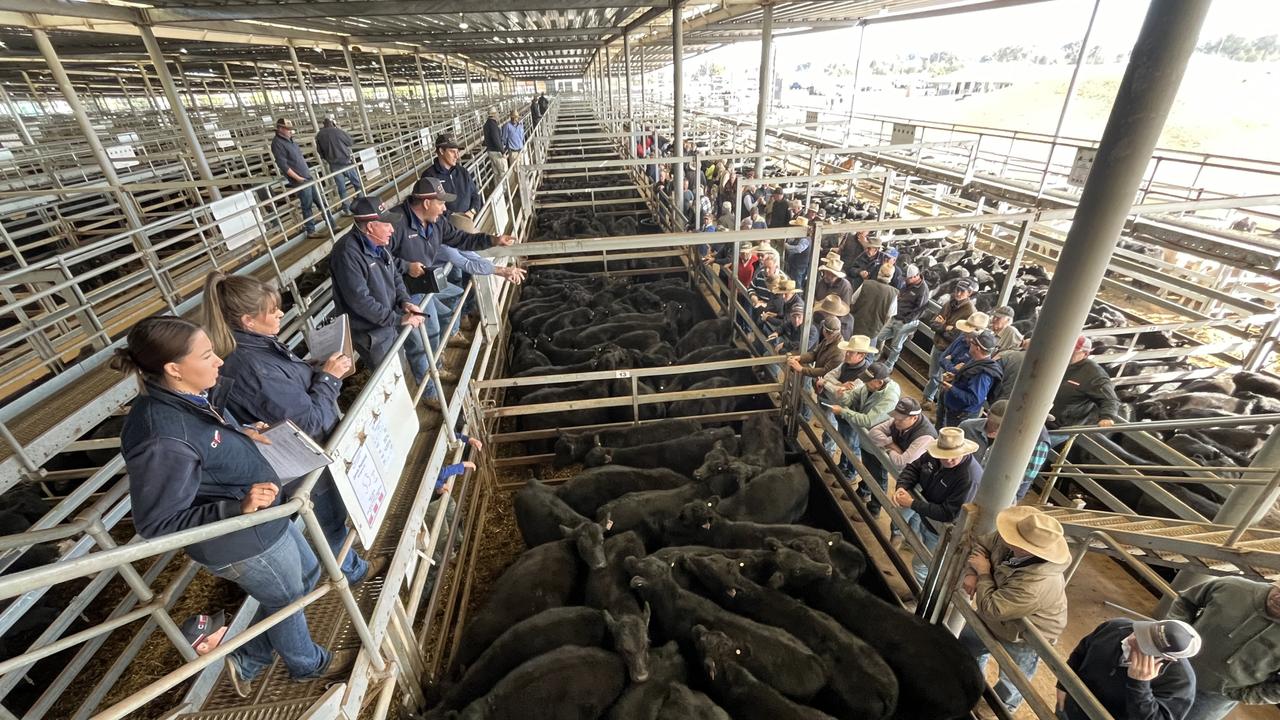Angora goat breeder John Hoornweg at Violet Town sells mohair
A Victorian goat farmer says there’s good money in running Angora goats for mohair. We reveal what he’s getting for the fibre.

An Angora breeder with a passion for both the breed and making money reckons livestock producers should take another look at goats.
John Hoornweg runs up to 500 Angora goats to produce mohair and said the market for the fibre was strong.
At its peak, Australia used to produce about one million kilograms of mohair but now, this has dipped to an annual cut of between 150,000-200,000kg.
The volume has slowly slipped away, and John said large scale farmers should look at how goats could fit in their system.

“The best kid fibre is earning $40-$50/kg greasy, and even the adult fibre, at 34-38 microns, is returning $10-$15/kg greasy,” John said.
“Even the stained mohair can make $2-$3/kg for locks, and if it’s fine, up to $20/kg for stained fibre.”
John, who classes mohair fibre around Australia and the world, said there were advantages to running goats apart from their ability to produce returns from both their fibre and meat.
“They are very good for weed control and with the rising costs of chemicals, and the wear and tear on gear, running goats can mean weed control not only doesn’t cost money but actually makes you money,” he said.

And while goats in the past may have been seen in the hobby farmers’ realm, John said it was time that large scale, extensive producers thought about including them in the mix.
“If you have the infrastructure for sheep, with yards and a shearing shed, then you can run goats,” he said.
“At home, I have an electric fence that keeps them in, and we shear twice a year, but when you look at the returns for mohair compared to wool, Angora goats really stack up.”




